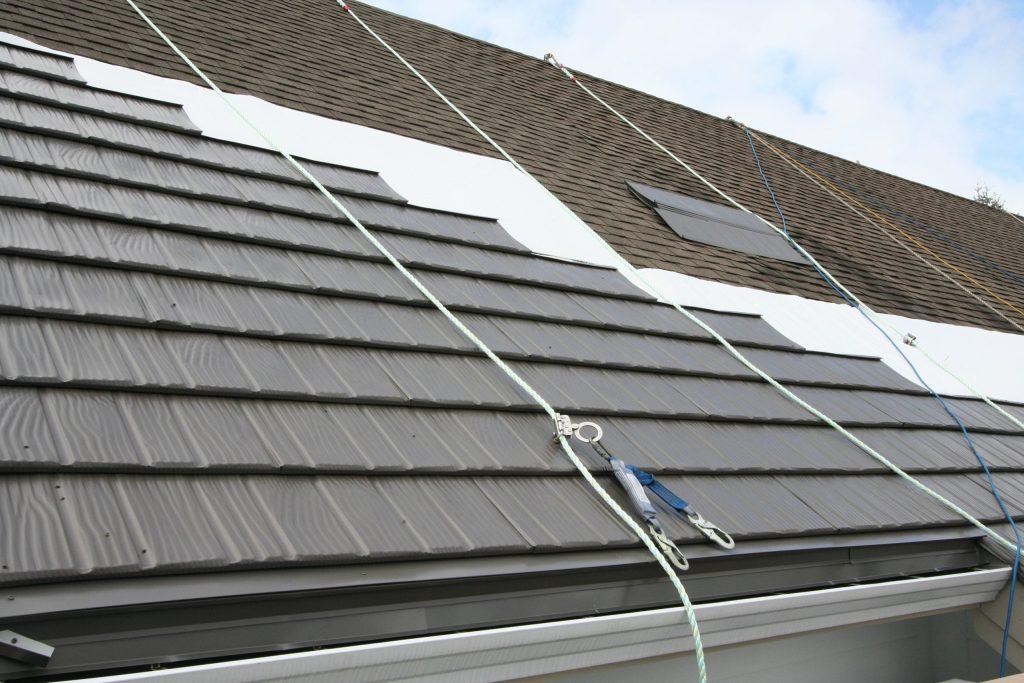When it comes to roofing options, homeowners are increasingly turning to metal roofs for their durability, energy efficiency, and aesthetic appeal. But what if you already have shingles on your roof? Can you put a metal roof on top of shingles? In this article, we’ll explore the feasibility of adding a metal roof over existing shingles, the benefits and drawbacks, and whether it’s a wise choice for your home.

Understanding Roofing Over Existing Shingles
The Overlay Option
Putting a metal roof on top of shingles is technically feasible and is known as a roofing overlay or re-roofing. This method involves installing the metal roofing material directly over the existing shingles without tearing off the old roof. While it can save time and money, several factors should be considered.
Benefits of Roofing Over Shingles
1. Cost Savings
Roofing over existing shingles can save you money on labor and disposal costs, as you won’t need to remove the old shingles. This makes it a more budget-friendly option compared to a full tear-off.
2. Reduced Installation Time
Overlaying a metal roof is generally faster than a complete tear-off and re-roofing process. It minimizes the disruption to your daily life and reduces the time it takes to complete the project.
3. Additional Insulation
The shingles underneath can provide additional insulation to your home, potentially improving energy efficiency.
Drawbacks and Considerations
1. Weight*
Adding another layer of roofing material increases the weight on your roof’s structure. It’s crucial to ensure that your roof can support the additional load. Consult with a structural engineer or roofing professional to assess your roof’s capacity.
2. Hiding Underlying Issues*
Overlaying shingles can hide underlying issues, such as water damage or rot. If these issues are not addressed, they can worsen over time and lead to more extensive and costly repairs in the future.
3. Reduced Lifespan*
The lifespan of a metal roof overlay may be shorter than that of a properly installed metal roof on a clean deck. This is because the existing shingles can trap heat, potentially causing premature aging of the new metal roof.
4. Warranty Concerns*
Installing a metal roof over shingles may void the warranty on some metal roofing materials. Be sure to check with the manufacturer for their specific guidelines.
Installation Considerations
If you decide to proceed with a metal roof overlay, here are some important installation considerations:
1. Proper Roof Inspection
Before proceeding, have your existing roof thoroughly inspected for any signs of damage or issues that need addressing.
2. Underlayment*
Install a high-quality underlayment between the existing shingles and the new metal roofing material. This helps prevent moisture infiltration and provides a smooth surface for installation.
3. Ventilation*
Ensure that your roof has proper ventilation to prevent heat buildup, which can affect the metal roof’s performance and longevity.
Conclusion
Putting a metal roof on top of shingles can be a practical solution for some homeowners, offering cost savings and reduced installation time. However, it’s essential to consider the weight, potential hidden issues, and reduced lifespan associated with this method. Before making a decision, consult with a roofing professional to assess your specific situation and determine whether roofing over existing shingles is a viable and wise choice for your home.



Leave a Reply